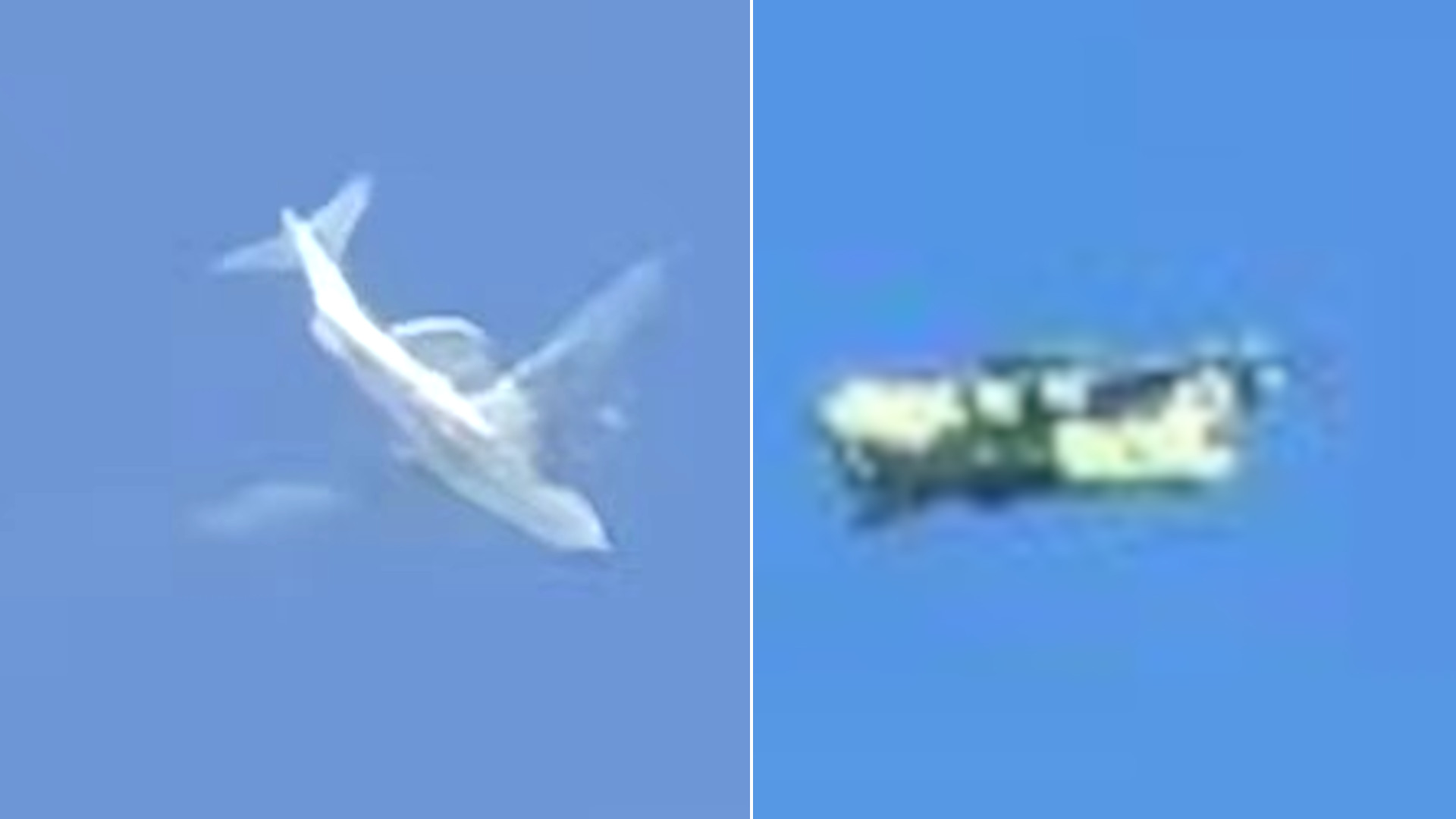Pictures emerged of what looks to be the first known example of a new Chinese airborne early warning and control (AEW&C) aircraft based on the four-engine Y-20 cargo plane. China already has a remarkably large fleet of AEW&C platforms, but most of them are smaller turboprop designs, as TWZ has previously explored in detail. A modern, large jet-powered type that is based on a locally produced aircraft could succeed or at least augment the small number of existing jet-powered KJ-2000 Mainrings based on the Russian Il-76 Candid airframe. The Y-20 AEW&C aircraft’s appearance comes among a number of major Chinese military reveals in the past two days, including the emergence of two previously unseen Chinese advanced combat jets, as well as the official launch of the PLAN’s first monster Type 076 amphibious assault ship.
There have been reports for years now that a Y-20-based AEW&C plane, often referred to colloquially as the KJ-3000, has been in the works. The current expectation is that such an aircraft would be based on the up-engined Y-20B variant that first emerged in 2020. Developed by the state-run Xi’an Aircraft Company (XAC), the baseline Y-20A cargo jet first flew in 2013. An aerial refueling tanker variant of the Y-20, known variously as the Y-20U and YY-20B, is also now in service.


The pictures of the apparent KJ-3000 that began circulating online yesterday, offering a limited view of its configuration. It does have a large circular radome on top of the rear end of the fuselage as is commonly seen on many AEW&C aircraft, including the existing Chinese KJ-2000, as well as the Russian A-50 Mainstay (also based on the Il-76) and the American E-3 Sentry.
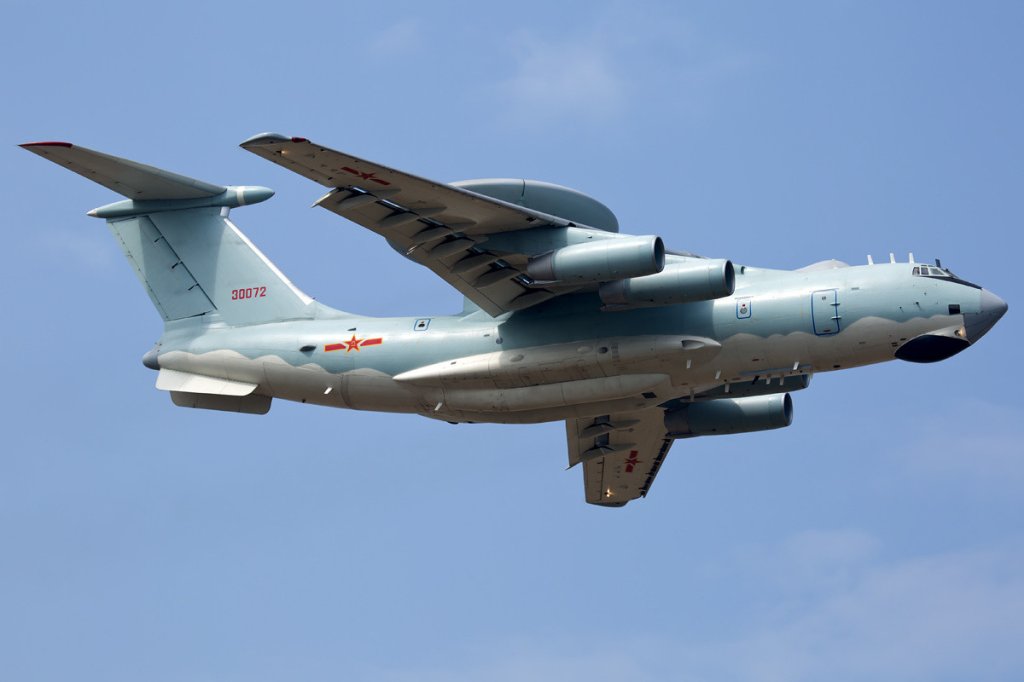
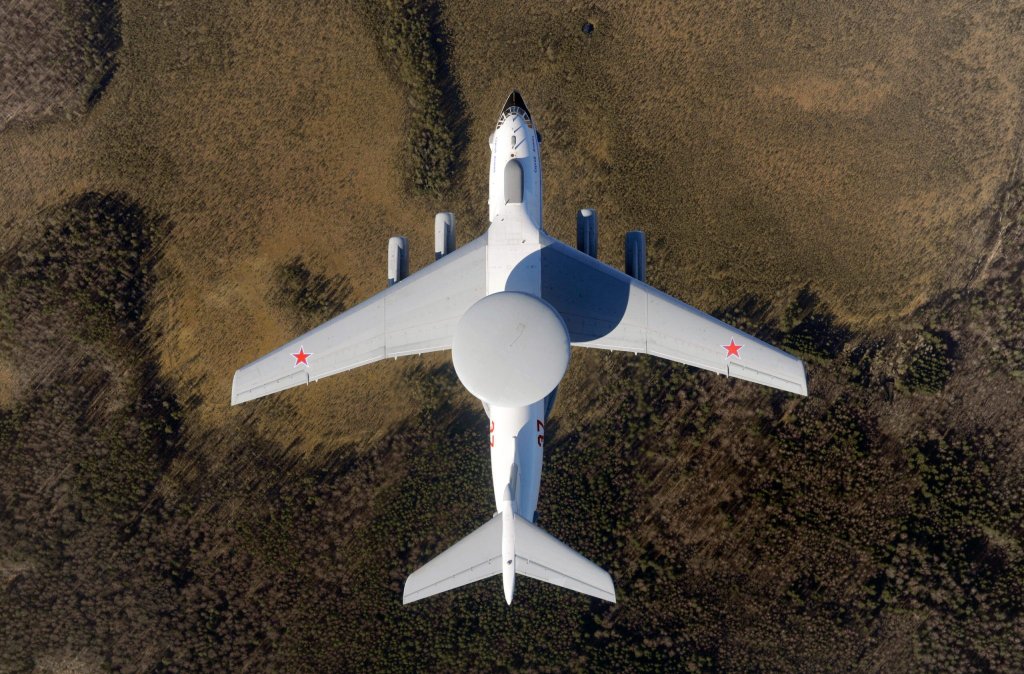
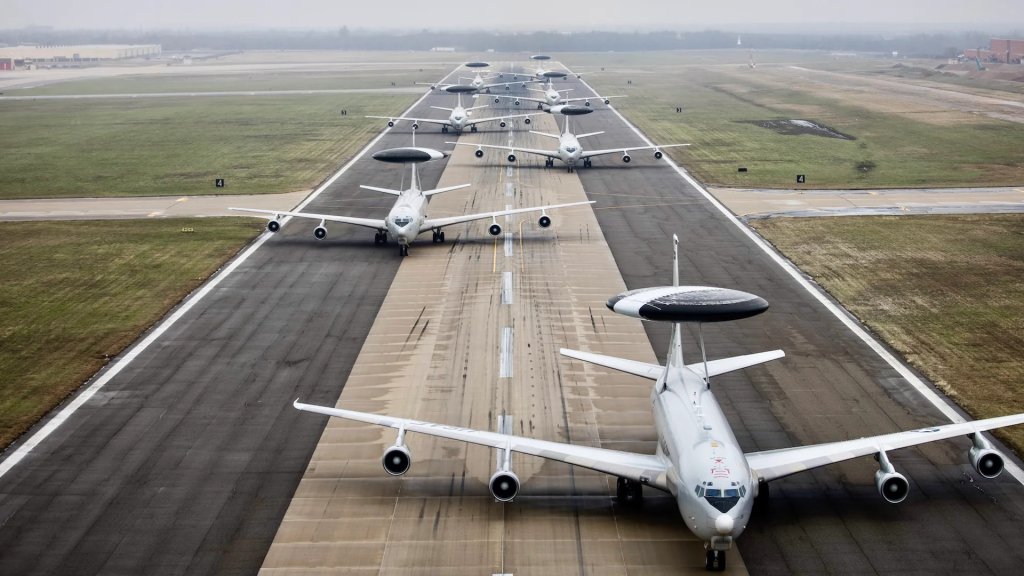
From what is visible now, the new Y-20-based design may have additional large domes on top of the forward fuselage and underneath the tail. The KJ-2000 and the A-50 both have additional domes on top of and below the forward fuselage linked to their extensive communications suites, another critical component of any AEW&C aircraft. The KJ-3000 could have other intelligence, surveillance, and reconnaissance capabilities beyond just its radar, as well.
It notably remains to be seen how exactly the KJ-3000’s main radome might be configured. Unlike the rotating main radomes on the A-50 and the E-3, the ones on top of China’s existing KJ-2000s, as well as its turboprop KJ-500s, are fixed and use three separate active electronically scanned array (AESA) antennas to provide 360-degree coverage.
Whatever radar and other mission systems the KJ-3000 might have, for China, just having new AEW&C aircraft leveraging a larger jet-powered airframe would be beneficial. There are only four operational KJ-2000s and it was something of a saga to acquire them in the first place, as you can read more about here.
The People’s Liberation Army Air Force and Navy (PLAAF and PLAN) have fielded a large number of increasingly capable, domestically-developed turboprop AEW&Cs over the years, as you can learn more about in this past TWZ feature. However, a Y-20-based type would offer advantages in terms of speed, range, and on-station time. It would also be able to fly at higher altitudes to provide a better perch for its radar. This is very important, especially for providing ‘look down’ capability to spot and track low-flying aircraft and missiles that radars down below might not be able to ‘see’ due to terrain and other factors
In addition, the KJ-3000’s larger crew would be better able to handle longer endurance and more complex missions. If the Chinese were to add aerial refueling capability to the aircraft, it would further extend its reach and total mission time. Versions of the turboprop KJ-200 and KJ-500 AEW&C aircraft with aerial refueling probes have been developed.
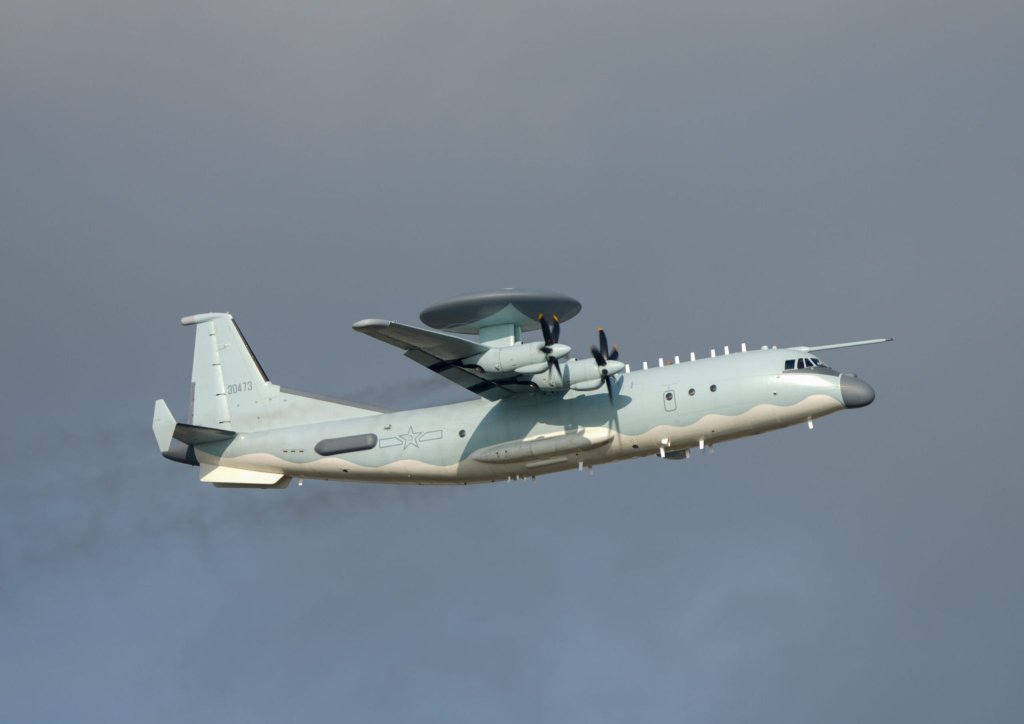
As a completely locally developed platform, the KJ-3000 would be easier to maintain and sustain, as well as upgrade, compared to the KJ-2000s. The Mainrings are understood to be expensive to operate and are tied to supply chains in Russia. A Y-20-based design could even open a possible path to the export market. China does offer turboprop AEW&C aircraft for sale on the open market and has sold examples to Pakistan.
AEW&C aircraft, in general, are important elements of any modern air force. This is especially the case for the PLA, which continues to expand the size and scope of its tactical and strategic aviation fleets. Aircraft like the KJ-3000 help Chinese forces extend and support anti-access and area denial bubbles, including around the mainland, Taiwan, and the hotly contested South China Sea, as well as project power further afield.
As TWZ has written in the past:
“The proliferation of Chinese AEW&C aircraft, in particular, points to changing visions of future warfare, including not only defending the People’s Republic but also increasingly projecting power over greater distances, and in a wider variety of regions, including the highly strategic South China Sea. The Chinese military clearly values its AEW&C capability highly, providing them not only with airspace surveillance including a vital look-down capability, but also monitoring the sea, to a lesser degree.”
…
“Having such a large and expanding fleet of AEW&C platforms and their particular characteristics also point to how these aircraft might actually be used in a potential future conflict, perhaps one involving the U.S. military. With this kind of capacity, China should be able to not only cover the approaches to their most strategic areas but also operate from more dispersed and even austere bases. Smaller types, in particular, like the turboprop-powered KJ-200 and KJ-500 series are especially well suited to these kinds of operations and are regular features at China’s island outposts, as well as operating routinely in the highly strategic Taiwan Strait.”
“Production and deliveries of the KJ-500 – the PRC’s [People’s Republic of China] most advanced airborne early warning and control (AEW&C) aircraft – continued at a rapid pace, joining earlier KJ-2000 Mainring and KJ-200 Moth variants,” according to the Pentagon’s most recent annual report on Chinese military developments, released earlier this month. “These aircraft amplify the PLAAF’s ability to detect, track, and target threats in varying conditions, in larger volumes, and at greater distances. It extends the range of the PLA’s IADS [integrated air defense system] network.”
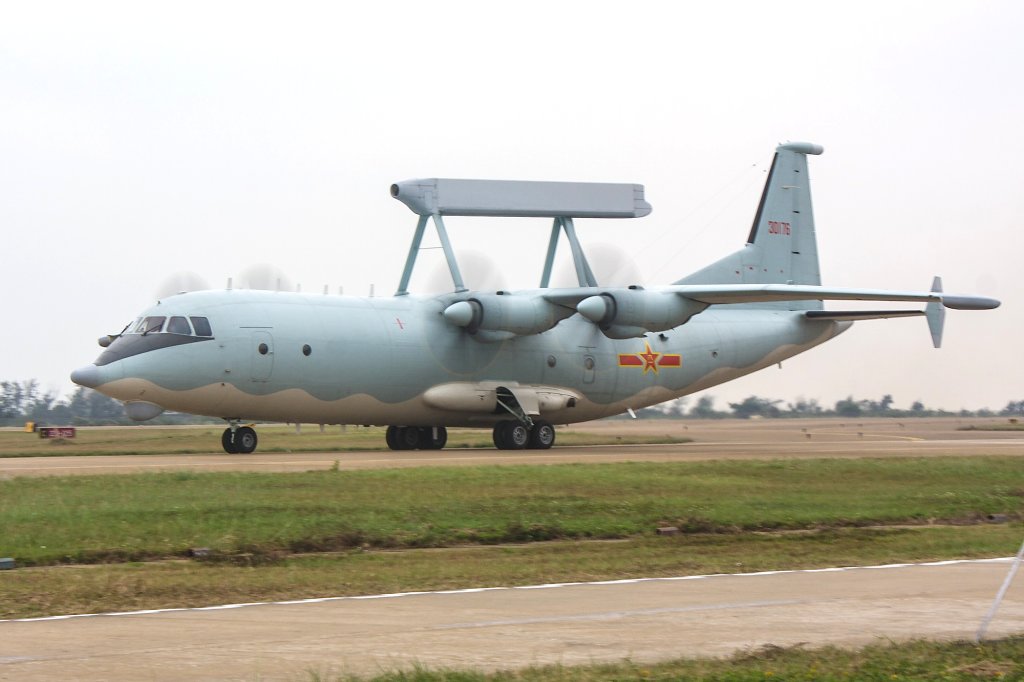
U.S. military officials have also highlighted the significance of Chinese AEW&C developments in the past, especially for controlling more and more capable combat jets armed with ever-longer-ranged air-to-air missiles.
“We notice that they are flying it [the J-20 stealth fighter] pretty well,” Gen. Kenneth Wilsbach, then head of Pacific Air Forces (PACAF), said in 2022. “We recently had – I wouldn’t call it an engagement – where we got relatively close to the J-20s along with our F-35s in the East China Sea, and we’re relatively impressed with the command and control that was associated with the J-20.”
“Some of their very long-range air-to-air missiles are aided by that KJ-500,” Wilsbach, who is now head of Air Combat Command, added at that time.
More certainly remains to be learned about the KJ-3000, but it is a logical addition to the PLA’s existing AEW&C fleet that looks set to provide valuable additional capabilities.
Contact the author: joe@twz.com
